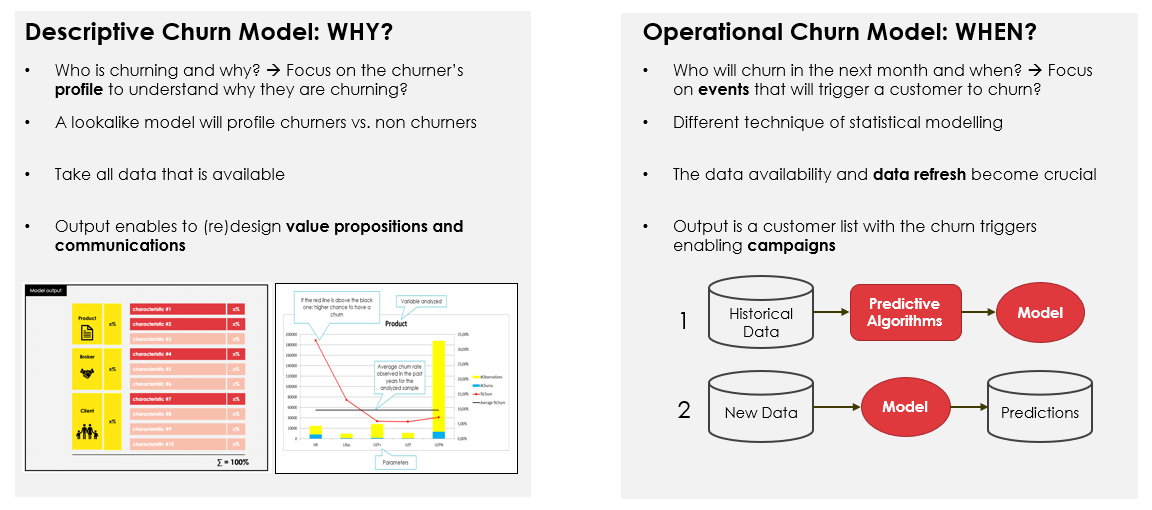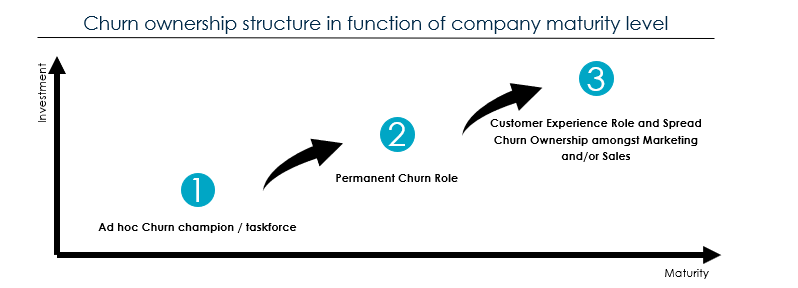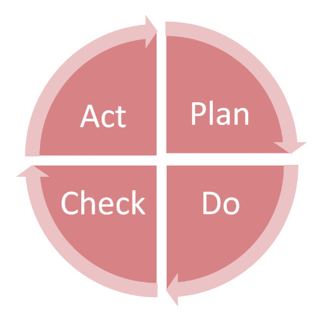
Article
Keep is the new get: 3 key enablers for a successful long-term retention strategy
The COVID 19 crisis has rocked our entire world, both personal and professional. We might not all be experiencing it in the same way. But as marketers, most of us are affected in similar ways:
Either our business is thriving, or we are confronted with a downturn in demand. Both call for a reassessment of marketing strategies.
At such times, do you focus on short-term or long-term growth?
Key building block for sustainable growth
When we are hit by a crisis, growth is often not at its most attainable & forecasts are far from reliable. Securing the business and cash flow through your most valuable customers is the key to surviving. When shaping your retention strategy, our advice is to keep a holistic approach in mind, aligning your retention with your acquisition strategy so you – in an ideal scenario – bring in and keep customers who you can provide value to and who are valuable to you.
In this holistic approach, it is important to look at acquisition through the lens of the retention manager. Focusing merely on the quantity of new customers will increase the churn sensitivity, which is why our advice is to think about qualitative acquisition, aligned with your retention objectives, and to integrate it gradually. Take your time to acquire more valuable customers.
Keeping your most valuable customers lowers acquisition costs, increases customer lifetime value, improves monetization, and helps secure your business when the going gets tough. In short, retention is a key lever for sustainable revenue growth.
3 key enablers for a successful long-term retention strategy
In this article we want to share with you our vision of the key enablers for a successful retention strategy.
1. When the going gets tough, measuring is key!
Define, track and visualize clear KPIs and objectives to measure retention and churn reduction initiatives. The Customer Churn Rate will help you understand whether your company is retaining customers. This metric measures the percentage of customers who end their relationship with a company over a period of time. In our point of view, the churn should be looked at as if it were your grades: a pass or fail. In other words, a barometer, that will help you define the level of action and investment needed. By looking at this metric by customer segment, persona, demographic or device usage it can help you to prioritize.
To achieve the best result, this quantitative metric should be combined with more qualitative insights, to help you understand the underlying reasons why customers are ending their relationship with you. All this insight combined will offer you a set of retention actions with specific KPIs. We advise you to choose one metric that matters, per activation (e.g. transactional NPS, number of detractors, number of win-, …). As part of a recent client project, we wanted to test the result of pro-actively calling clients at risk to discover the potential % churn reduction we can obtain by doing service calls. The defined metric that matters for this test case was the number of contacted persons who did not churn in the next 6 months, supported by a NPS score of min. 50.
Going one step further, these insights can be used in a churn predictive model, identifying clients at risk (i.e. high probability to churn), which can allow you to set-up proactive retention campaigns targeting these clients.

Data models are core enablers of churn reduction initiatives. A descriptive churn model will deliver a churner’s profile as well as a non-churner’s profile. Perfect to test retention activation campaigns and gather deeper learnings and insights. However, if you want to predict who will churn with high probability, you will need an operational churn model, starting with the definition of predictive algorithms, based on historical data, translated into a model. The model, projected on new data, will predict who is likely to churn and when.
2. Take ownership & take action
The right people, competencies, structure and processes are key enablers of churn reduction. What kind of churn ownership structure your company needs depends on your company’s maturity as regards retention. For companies with lots of potential in this domain, a churn taskforce with dedicated authority and budget may be sufficient. For more mature companies, a full customer experience team focusing on increased customer experience and loyalty may be the ideal scenario.

We recently participated in the transformation of a company towards an agile organization. This company dedicated 2 full tribes with several squads to customer experience with a clear focus: delivering a compelling experience to their existing customers during specific change and standard service contact moments. All this with one goal: reduce the number of detractors and churn.
The churn roles are linking roles between marketing and sales, to size and understand the root cause of churn. Traditionally, a more short-term view will question and challenge retention thinking. That is why are all for sales objectives, not only on acquisition, but also on retention (qualitative acquisition targets, claw back, processes, …).
During the COVID-19 crisis, we learned that one supermarket that promotes more local supply chains was pleased to see that they attracted a significant number of new shoppers. These acquisitions were thanks to the new circumstances. You could just see how it goes and hope that the majority stay loyal customers after the crisis. Or you can act on it: look for more and targeted acquisition (who are those new customers, what insights can you gather), and target both the accidental and targeted new acquisitions with a relevant retention campaign.
3. Act – Plan – Check – Do
To optimize your retention actions an agile way of working is key. Only by defining your scope, setting your one metric that matters, testing and continuously optimizing each initiative will you have a better idea of what actions you should further scale to lower the customer churn rate in the end.

Our approach
We diagnose – Working with The House of Marketing, companies understand the size and root causes of churn by performing a quick scan on different pillars in your organization
We design – The House of Marketing co-creates with companies a roadmap with churn reduction initiatives tailored to your customers and organizational needs and challenges.
We implement – Working with The House of Marketing means bridging the gap between knowing and doing. The House of Marketing supports your teams with implementing the defined initiatives through a test and learn way of working across the organization.
How is your customer churn rate today? Do you want to be challenged on how to tackle customer retention and churn? Let’s get in touch to see how we can tailor our approach to your company needs.Get in touch with your churn questions!